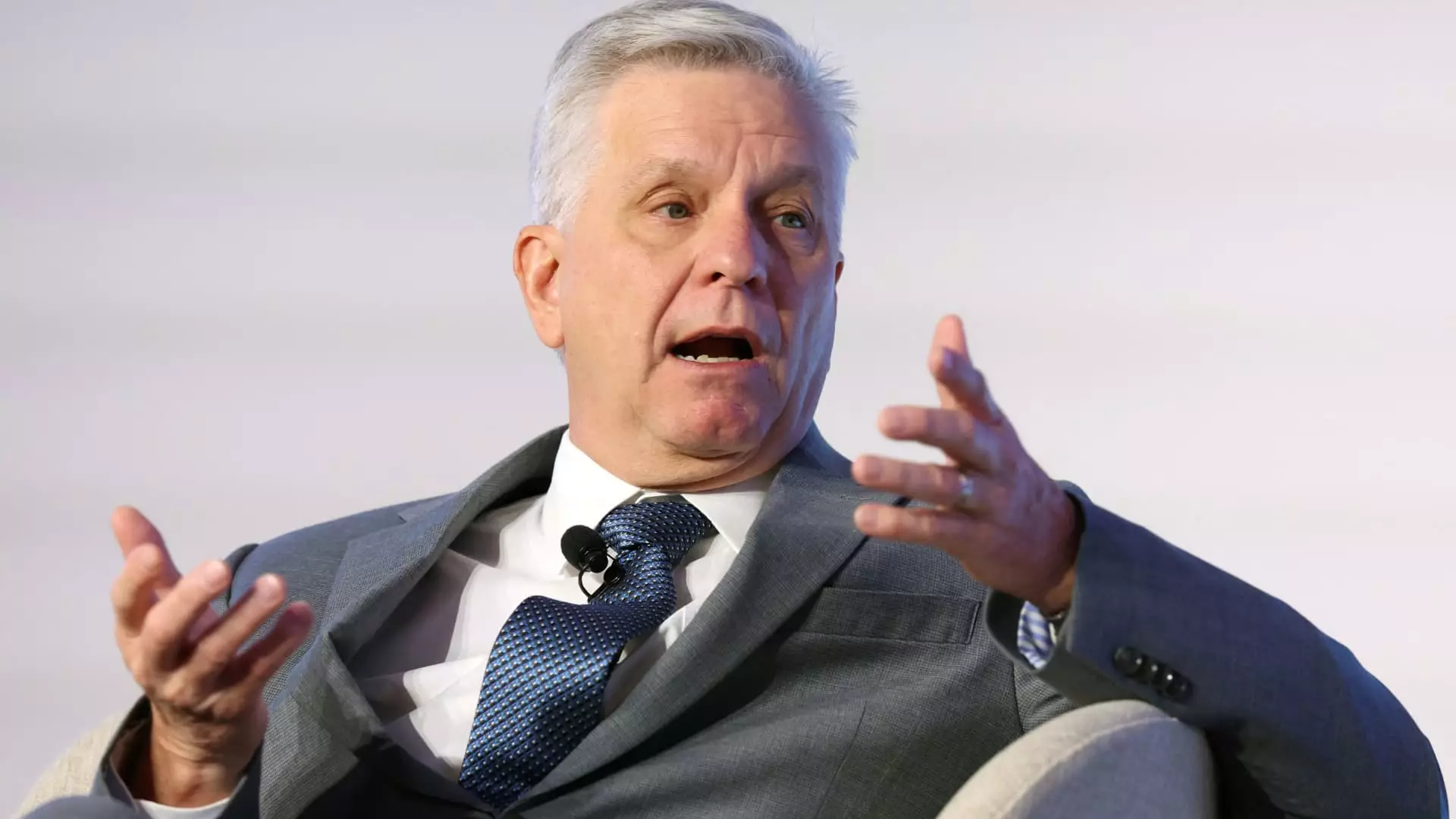In the complex realm of economic strategy, few institutions wield as much influence as the Federal Reserve. Recently, Governor Christopher Waller voiced a viewpoint that could shape monetary policy dramatically: the time has come to consider cutting interest rates to safeguard the labor market. The hesitation to act, however—especially in the wake of increasing national debt and lukewarm economic signals—invites both intrigue and criticism. As Waller argues for a potential easing as early as July, we must ask ourselves whether the Fed can afford to downshift its caution in a rapidly changing economic landscape.
Economists often advocate for a measured approach when it comes to cutting interest rates, citing the need to balance inflation control with labor market stability. However, in this instance, Waller’s insistence on not waiting for economic calamity to make a move presents an opportunity for a proactive stance rather than reactive. The logic is simple: taking preemptive actions can forestall job losses and economic dips that might not be immediately evident but are clearly on the horizon.
Political Pressures and the Federal Reserve
One cannot overlook the underlying political currents shaping monetary policy. Waller, initially appointed by former President Trump, finds himself navigating a highly charged environment, with Trump’s loud calls for drastic rate cuts echoing in the halls of the Fed. The backdrop of the $36 trillion national debt, coupled with Trump’s unfiltered critiques aimed at Fed Chair Jerome Powell, adds complexity to the picture. While political influence over economic policy is not new, the blatant attempts to shape the Fed’s decisions threaten the institution’s perceived independence. Should the Fed cave to political pressures and embark on an endpoint that could lead to long-term negative repercussions?
In a neoliberal framework, the independence of central banks is sacrosanct. The Fed should strive to maintain its integrity as a financial institution that operates on data rather than political whims. However, the tension is palpable—how can the Fed adhere to its mandate of stable prices and maximum employment while navigating the roaring voices urging immediate cuts? The union of politics and central banking paints a grim scenario, where the path of least resistance might not align with what is economically prudent.
The Risk of a Hasty Rate Cut
While Waller’s argument for addressing unemployment risks is valid, it raises the question of whether his recommendation of cutting rates too quickly could backfire. Economies are intricate systems that respond variously to shifts in policy. A preemptive move to lower rates might accelerate borrowing and spur consumption, but it also risks encouraging reckless financial behavior, stoking asset bubbles, and destabilizing the very markets it seeks to buoy.
Moreover, the widespread expectation that the Fed can decrease rates without long-term consequences is naive. As Waller himself points out, there has been little evidence that tariffs will create runaway inflation as some have suggested. Still, policymakers must tread carefully. A balance is needed; aggressively cutting rates could generate a false sense of security, clouding the real economic indicators that need attention.
Public Perception and its Economic Ramifications
The broader public perception of the Federal Reserve also plays a critical role in its effectiveness. If the Fed appears indecisive, trust in the institution can erode, potentially leading to a loss of confidence from investors and consumers alike. Waller’s recent statements suggest that he is aware of how much is at stake and is attempting to bolster that confidence through transparency and a willingness to act.
Public sentiment can create a feedback loop, affecting spending, investing, and savings. As the people hold their breath in anticipation of what the Fed will do next, the resulting psyche can propel crisis narratives or foster optimism. A decisive and strategically timed move to cut rates could reaffirm public faith in the Fed’s governance, juxtaposed against an atmosphere of uncertainty that threatens economic growth.
Overall, it is imperative for the Federal Reserve, led by individuals like Waller, to weigh the consequences of inaction against the risks of premature cuts. The economic landscape is undoubtedly volatile, and as we look toward what may lie ahead, we must hope that the Federal Reserve can harness the courage to lead rather than follow, ensuring that monetary policy is resilient, adaptable, and reflective of genuine economic needs.


Leave a Reply